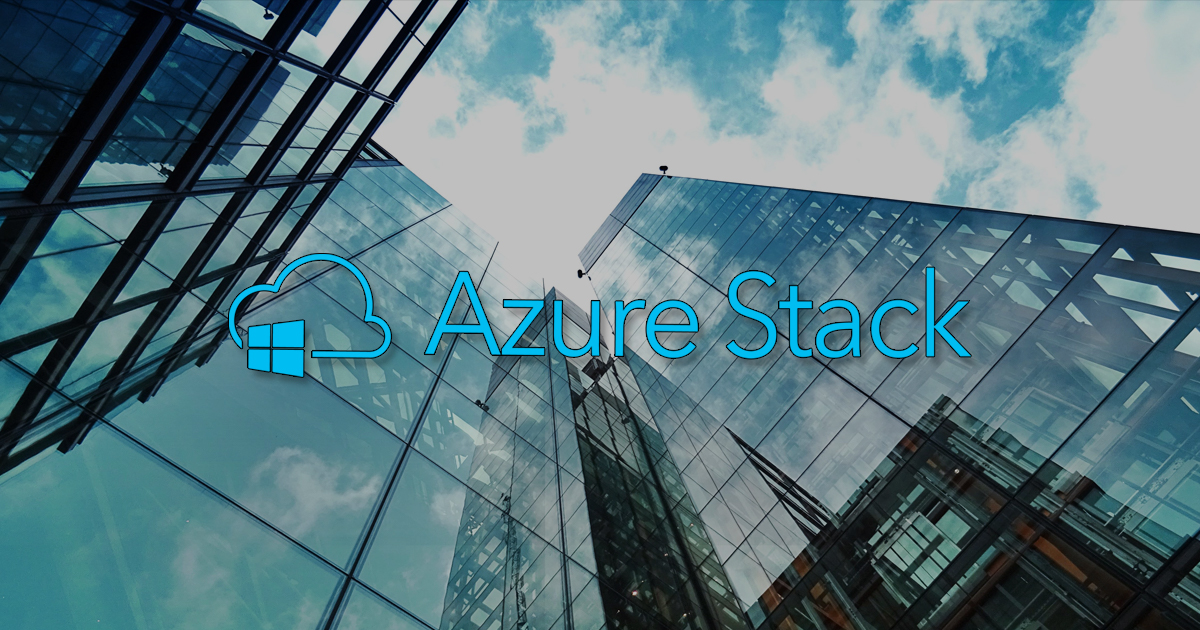
Private Cloud Isn't Dead Yet
I’ve been hearing about the eminent demise of on-premise workloads and “Private Clouds” ever since the Public Cloud became a thing. Most recently I’ve seen quite a few articles about how their days are numbered.
I disagree.
In my role as a Product Architect for Microsoft Hyper-V and Cloud Platform my team and I deal with traditional Virtualization but we also dabble quite a bit in Public Clouds, mostly Microsoft Azure. We try and make sure we utilize every service that we can to provide a streamlined product offering for our customers. So, I live in these worlds and often advise customers and architect environments that take advantage of both worlds. I’ll be speaking primarily from the Microsoft side of things.
First off private clouds still provide significant value and lower your overall IT spend. Your benefits include being able to fully manage your entire stack from the networking on up. You’re in control of the compliance and how everything operates. There are still quite a few reasons to use traditional virtualization for things like legacy workloads and most of all control. You also have full access to all the capacity you purchased up front, and when you aren’t using that capacity it’s available to you right away. It certainly is not hyperscale, but it is guaranteed capacity within your data center.
Public clouds are advancing at a rapid pace, in some cases new features are added hourly. They are starting to become MUCH friendlier to compliance requirements like PCI, FedRAMP and many others. And as a result, it is becoming more appealing to put your workload in Azure or AWS.
Here’s some reasons you might want to keep your workloads on premise or in a co-located datacenter.
- There are specific data sovereignty laws in place that require you to keep your workload within a specific country or even in some cases a specific address.
- Your organization hasn’t quite bought into the fact that Public Clouds can also be incredibly safe AND meet your compliance requirements.
- You have a legacy workload that is highly resource intensive giving you a much better bang for the buck on traditional virtualization.
Let’s say you want to take advantage of Microsoft Azure features but you don’t want to BE in Microsoft Azure for any number of the reasons above. Enter, Azure Stack. Azure Stack is a true Hybrid Cloud solution that allows you to run a small Azure footprint in your data center or a collocated data center. There are other options besides Azure Stack of course, but it brings about a true hybrid cloud story where you can build your tooling to interact with unified APIs on public and private Azure.
Private Clouds are evolving and will not disappear within the near future. What will change is how we use them and how we interact with them. Traditional virtualization will be around for some time as well. There are many businesses and individuals who won’t move in to a public cloud for many years, but they can begin their transition through the hybrid cloud and still have the control and compliance they desire.
There are still a vast majority of companies that still run Windows XP within their organizations. Corporations can be in some cases many years behind the current generation of technology. This applies to the server layer as well, it takes time for companies to adopt new technologies. And when money is on the line it may be best to wait out the first few iterations of a product to make sure its stable, secure, and well documented.
